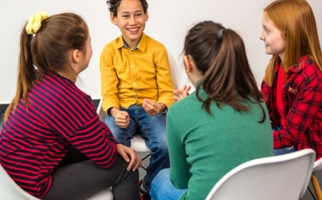
Compass Sharing
Teaching STEM
This strategy helps students engage in small group sharing and ensures equal opportunity for voice through its structured process.
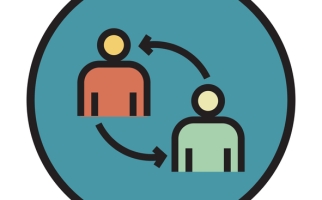
Two Minute Review
Teaching STEM
This learning strategy helps students process and consolidate new information through an active learning process.
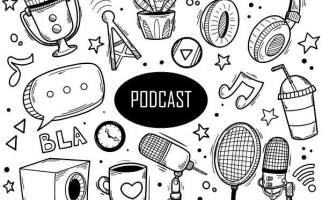
Create Your Own Podcast
Lessons
Students will learn about online content creation and create their own podcast.

Data Privacy and You
Lessons
Students will learn about data privacy and how to keep their personal data safe online.

Jigsaw
Teaching STEM
This learning strategy helps students to divide larger amounts of information into smaller, more manageable chunks and engages students in collaborative learning.

Troika Consulting
Teaching STEM
This learning strategy helps students find solutions with the support of a collaborative group.
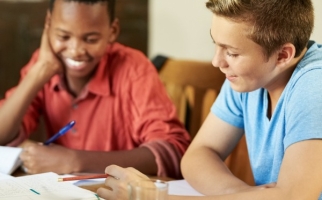
Give one, Get one
Teaching STEM
This strategy helps students organize ideas and share their thinking with others.

Inside-Outside Circles
Teaching STEM
This strategy helps students share ideas with peers in a structured fashion.

Bumper Stickers
Teaching STEM
This strategy supports students in synthesizing their learning of a main idea or principle.
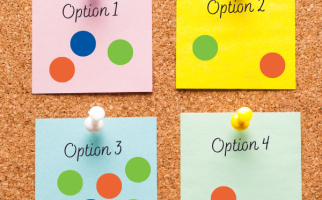
Dot Polling
Teaching STEM
This strategy supports students in establishing priorities among a list of options, interests or actions.

Two Stars And A Wish
Teaching STEM
This learning strategy helps students in providing peer feedback.

Gallery Walk
Teaching STEM
This learning strategy provides students with the opportunity to walk around a classroom, actively engaging with content and each other.
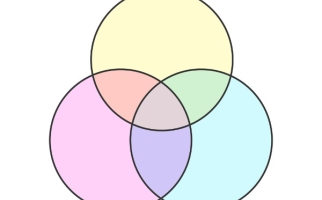
Inter-VENN-tion
Teaching STEM
This strategy helps students build relationships within a small group by identifying commonalities, distinctions, and areas of expertise.

First Turn, Last Turn
Teaching STEM
This strategy helps students collaborate and practice active listening by taking turns to offer insights without cross-talking.
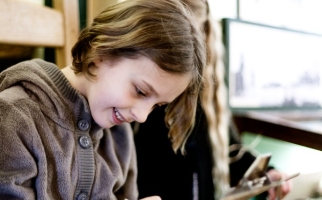
Walk Around Survey
Teaching STEM
In this learning strategy, students walk around the room to gather information from their peers.